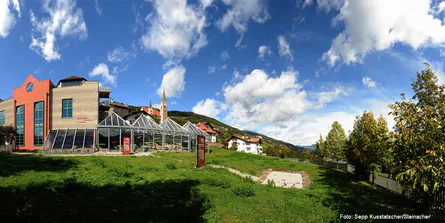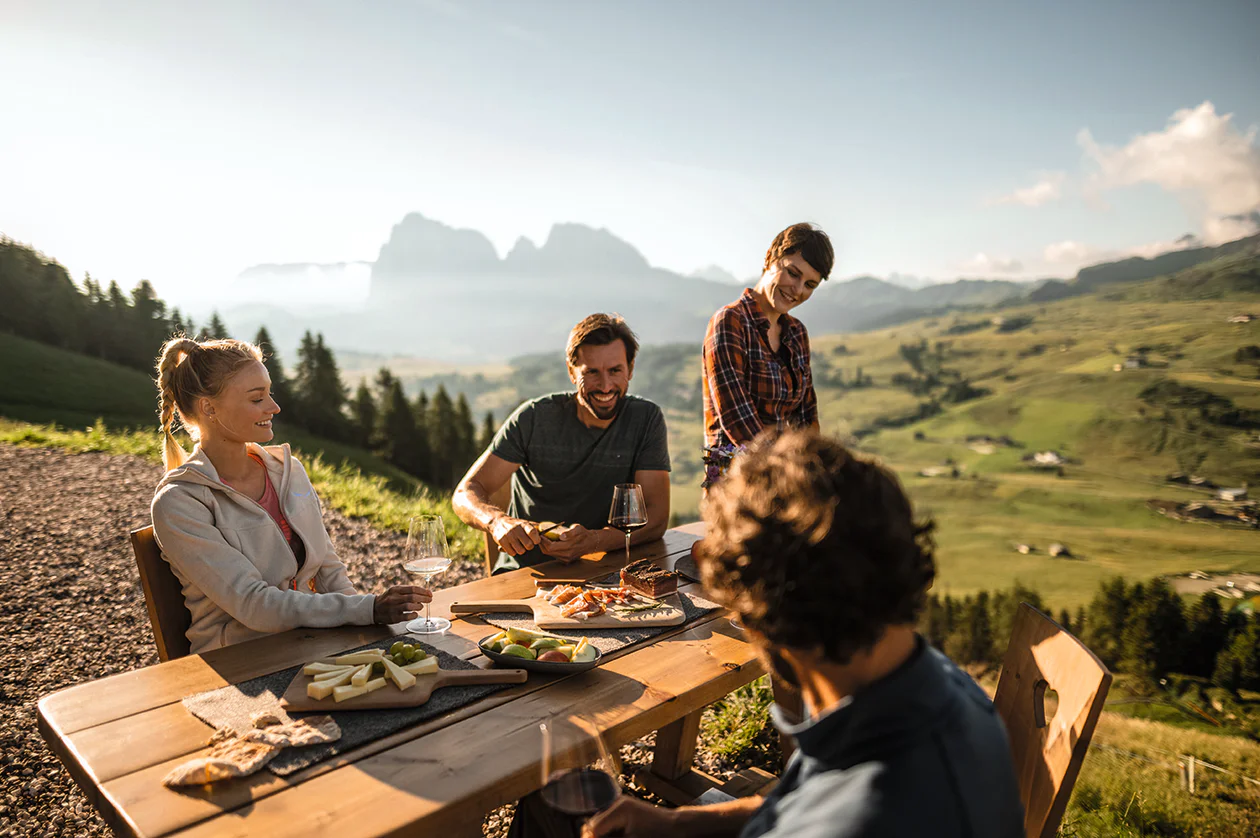The famous landmark of Sterzing, the city tower, is widely known as “Zwölferturm”. Its name is attributed to the fact that its bell rings the citizens for lunchbreak. Consisting of gray granite blocks from the area, it was erected over the city gate from 1468 to 1472 according to the design of Hans Feur. Two marble tablets above the archway remind us of the laying of the foundation stone by the Duke Sigismund of Austria back in 1469. It became a symbol of the economic and cultural boom in the city in the north of South Tyrol and has established itself to this day as the symbol for the city of Sterzing.
At certain events, the tower can also be visited also from the inside, e.g. during the Cristmas Market, in summer during the lantern parties or at the famous dumpling festival ("Knödelfest").

























































































